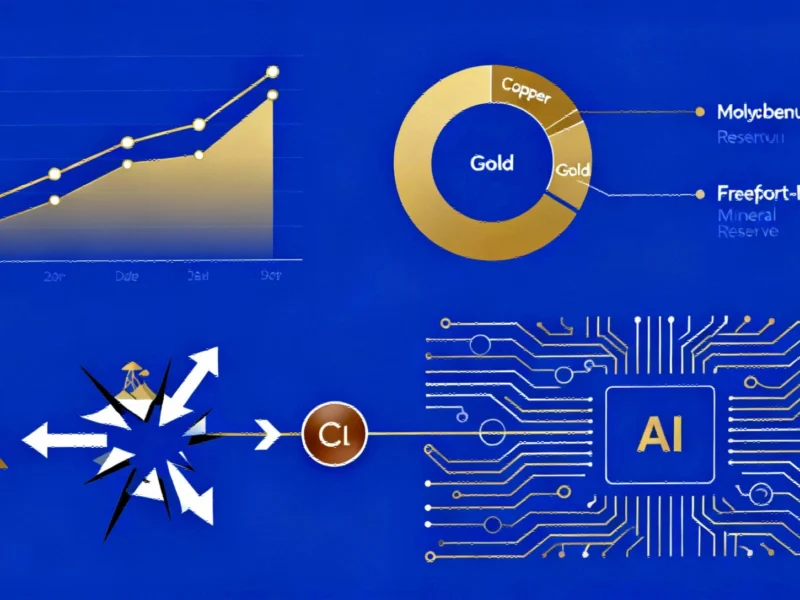According to Financial Times News, the Big Three US automakers are seeing significantly improved prospects after initial tariff chaos. Ford CEO Jim Farley had described his company as “the most American company with a $2bn liability” while Stellantis warned the industry was being “put at risk.” But both GM and Ford have reduced their maximum tariff exposure estimates for this year from a combined $7 billion to just $5 billion. GM raised its profit guidance in October with CFO Paul Jacobson telling investors 2025 would be “even better,” driving shares up 15%. Stellantis now expects just €1 billion in net tariff impact instead of €1.5 billion, while Ford would have upgraded its outlook if not for a $2 billion hit from a supplier fire.
What’s driving the turnaround
Here’s the thing – the Trump administration has been rolling out some serious relief measures. They extended a rebate scheme through 2030 that lets US carmakers reclaim 3.75% of vehicle retail value. They expanded tariff reimbursements to include engines and hinted at lower tariffs for Mexican and Canadian steel and aluminum. But arguably more important? The proposed rollback of EV emissions regulations. Barclays analyst Dan Levy calls this a “clear case for multiple re-rating” for GM stock, noting that easing EV pressure “reduces a significant overhang.” Basically, carmakers can sell more profitable gas vehicles without being forced into loss-making electric models.
Betting big on America again
And the automakers are responding with massive domestic investments. Stellantis just pledged a record $13 billion in US investment over four years, aiming to boost production by 50% and create 5,000 jobs across Illinois, Ohio, Michigan and Indiana. CEO Antonio Filosa told analysts the regulatory changes are “giving back US customers their freedom of choice” and represent “very good news for the short, medium and long term.” North American sales jumped 35% year-over-year in Q3, showing early signs their strategy is working. It’s a remarkable turnaround for a company that was struggling to rebuild US market share.
But don’t forget the EV hangover
Now, here’s the catch – those massive EV investments aren’t just going away. GM recently took a $1.6 billion charge to scale back EV production and warned of more losses ahead after EV tax credits got canceled. Stellantis is warning of new charges as it reviews its product lineup. And Ford? They reported $3.6 billion in EV losses over nine months, with Farley hinting at “very big decisions” coming. The competition is getting tougher and, as Farley put it, “the industry faces lower returns due to EV overcapacity and global pressures.” So while the tariff relief is helping, these companies are still stuck with billions in sunk EV costs that won’t disappear overnight.




